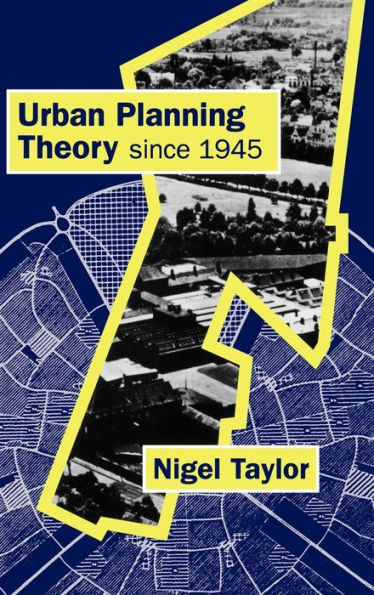5
1
9780761960942



Urban Planning Theory since 1945 / Edition 1 available in Hardcover, Paperback

Urban Planning Theory since 1945 / Edition 1
- ISBN-10:
- 0761960945
- ISBN-13:
- 9780761960942
- Pub. Date:
- 12/12/1998
- Publisher:
- SAGE Publications
- ISBN-10:
- 0761960945
- ISBN-13:
- 9780761960942
- Pub. Date:
- 12/12/1998
- Publisher:
- SAGE Publications

Urban Planning Theory since 1945 / Edition 1
$253.0
253.0
In Stock

Product Details
| ISBN-13: | 9780761960942 |
|---|---|
| Publisher: | SAGE Publications |
| Publication date: | 12/12/1998 |
| Pages: | 192 |
| Product dimensions: | 6.14(w) x 9.21(h) x 0.50(d) |
About the Author
From the B&N Reads Blog
